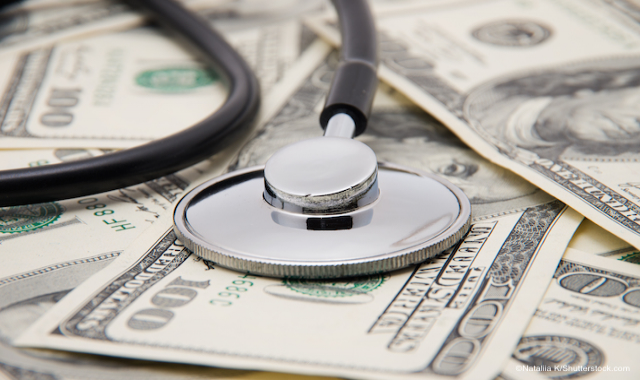Article
Coronavirus: Pandemic still hurting physician groups
Author(s):
High hospitalization rates and consumer reluctance to seek non-urgent care are to blame.

Physician groups and hospitals are still feeling a financial squeeze due to the COVID-19 coronavirus pandemic.
According to a news release, a report from Kaufman Hall says that some physician practices saw gains from July to October of last year but remained below 2019 levels on most performance measures due to high hospitalization rates and consumer reluctance to seek non-urgent care.
Data from the new quarterly Physician Flash Report shows the median investment needed to subsidize inadequate physician revenue fell 9.5 percent for the quarter but was still up .5 percent year-over-year in October at $194,632 per physician, the release says.
“The remaining winter months will be critically challenging for our hospitals and health systems as COVID-19 hospitalizations climb and new, more contagious variants of the virus spread nationwide,” Jim Blake, a managing director at Kaufman Hall and publisher of the National Hospital Flash Report, says in the release. “COVID-19 will continue to create a volatile environment well into 2021.”
The report found that year-over-year declines in volume and revenues at physician practices also have an impact on hospitals and health systems. Physician productivity was 4.9 percent below 2019 levels in October due to fewer patient visits and lower hospital diagnostic and procedural volumes compared to before the pandemic, the release says.
“The increasing size of employed physician groups and the level of investment needed to support them continue to strain health system operating margins,” Cynthia Arnold, senior vice president at Kaufman Hall, says in the release. “While inpatient care and procedures offset those subsidies somewhat, long-term success will require joint system-physician leadership representation and robust data and analytics to address physician productivity issues.”
2 Commerce Drive
Cranbury, NJ 08512
All rights reserved.





